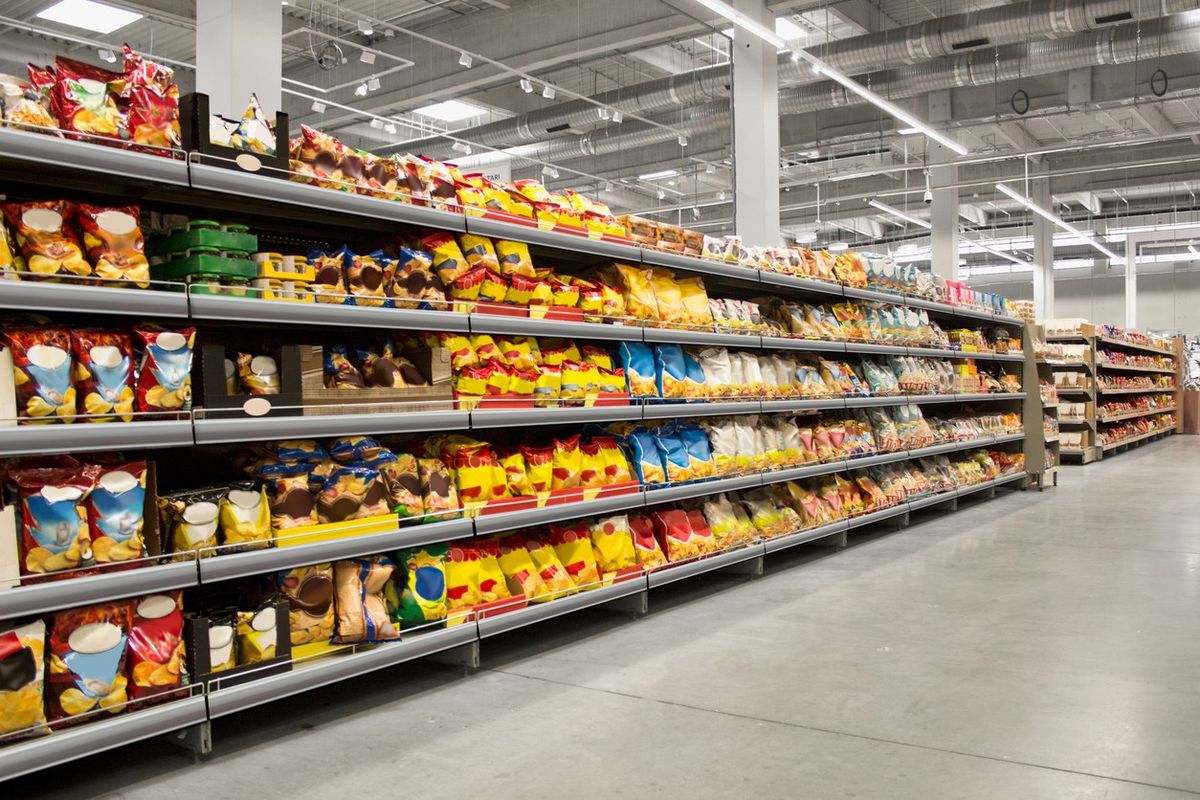A new study has unveiled a “seismic shift” in the types of food stores springing up globally over the past 15 years, with serious health implications for vulnerable low and middle-income countries.
The study by researchers from Deakin University in Australia and experts from UNICEF, analysing data from 97 countries on retail changes over the last 15 years, found that the number of chain supermarkets, hypermarkets and convenience stores per 10,000 people increased by 23.6 per cent globally over the period.
With market domination by these types of retailers being the norm in high-income countries, low and middle-income countries are copying the trend and catching up fast, the research noted.
In South Asia and Southeast Asia, the number of chain retail outlets per person has increased by nearly 10 per cent per year, with a corresponding drop off in independently owned traditional stores.
And in a sign that retail is set for an even bigger shake up, grocery sales from digital retailers increased by 325 per cent over a 10-year period across 27 countries.
The researchers showed for the first time that on a global scale, change in the density of chain retail outlets and the increasing amount of unhealthy food sold by them was associated with an increase in the prevalence of obesity, which continues to rise in every region of the world and is very much a global concern.
“Large chain retailers usually hold significant market power, using their dominance over food manufacturers to determine what food is available and what price it’s sold at, which has led to the widespread availability of unhealthy foods,” Dr Tailane Scapin, from Deakin University and the study’s lead author, commented.
“Large chain retailers and food manufacturers also use aggressive marketing strategies to promote unhealthy foods, contributing to poor dietary habits and, as consequence, negatively impacting their customers’ health.”
Dr Scapin said immediate action was needed to address the impact of changing retail food environments.
“Our findings underscore the importance of regulating the retail environment to make sure that it’s healthy foods that are promoted, while the marketing and promotion of unhealthy food products is limited,” she said.
“In low and middle-income countries where supermarkets and convenience stores are spreading the fastest, governments have a time-limited opportunity to make sure that these new, modern retail stores actually promote healthy food. We know from the experience in North America, Europe and other high-income regions that once retailers are established, they are very hard to change.”
The researchers called for urgent action from governments, from retailers and from the health promotion workforce to prioritise healthier retail food environments that support sustainable and healthy dietary patterns and positive public health outcomes.
“With this research published on World Obesity Day which has a theme of ‘Changing systems for healthier lives’, it’s important that the promising action being taken by forward-thinking retailers and governments is scaled up globally,” Dr Scapin said.
The full study report, with data by country, by geographic region and by country income group, appears in the publication in Nature Food and in an interactive dashboard here.





